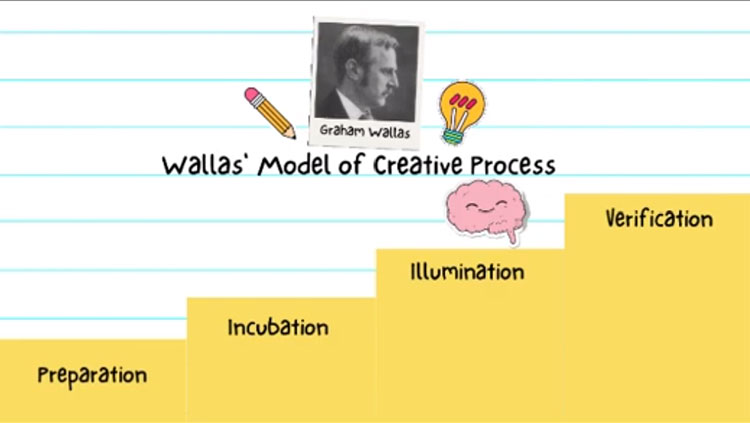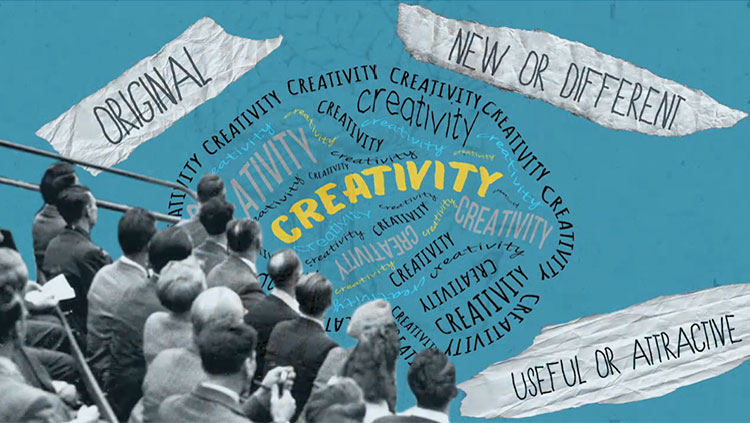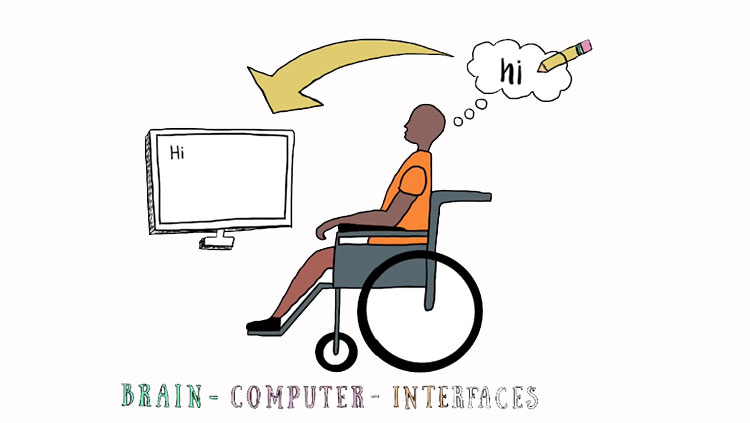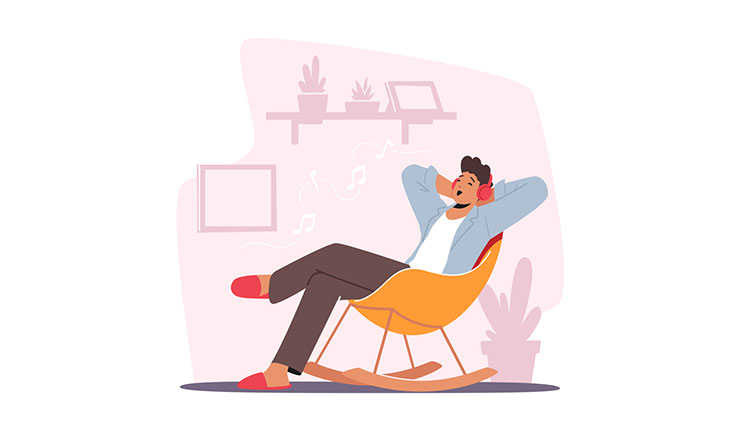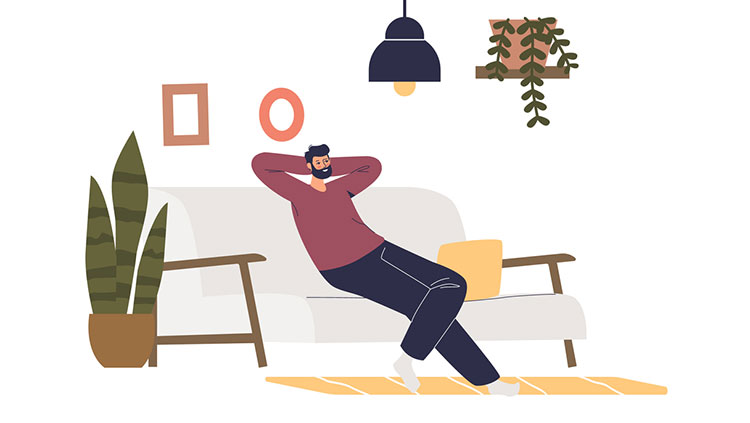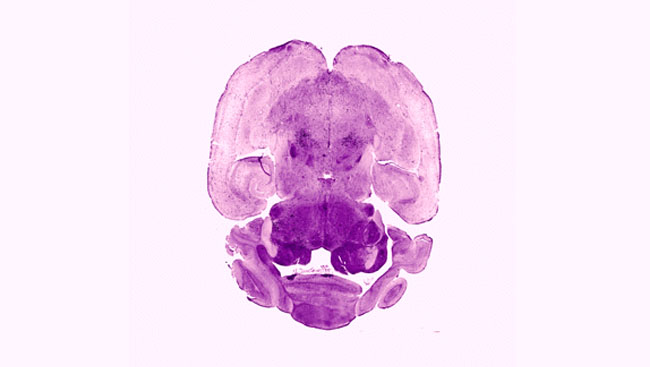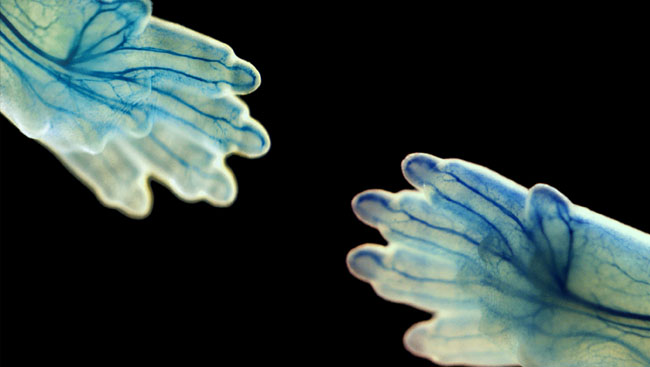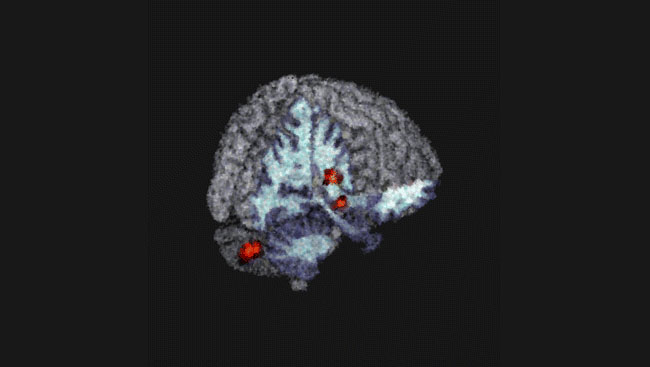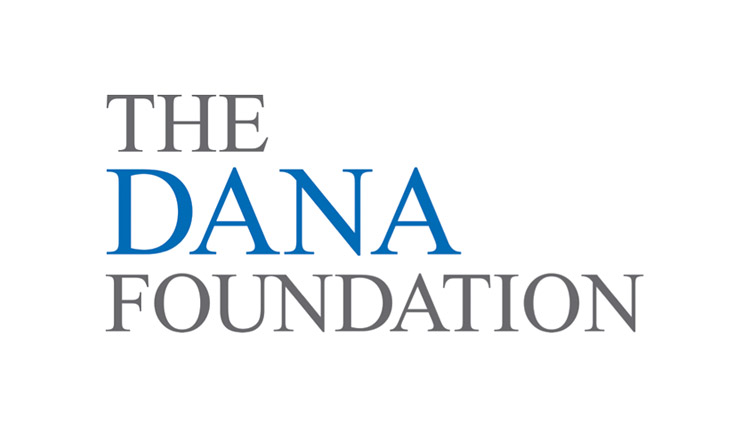A Measure of Consciousness
- Published15 Oct 2014
- Reviewed15 Oct 2014
- Source Wellcome Trust
Despite much thought and ingenuity, neuroscience still struggles to define what consciousness is. This story first appeared on Mosaic, which is published by the Wellcome Trust, and is republished here under a Creative Commons license.
At the turn of the 20th century an American doctor sought to measure the weight lost by a person at death. Careful measurements suggested to him that the ‘soul’ was between 15 and 30 grams. Today, scientists are trying to weigh up consciousness but, despite much thought, discussion and ingenuity down the generations, neuroscience still struggles to define what consciousness is.
We may, however, now be close to having a way to measure if one person is more conscious than another. Steven Laureys has been working with Marcello Massimini’s team at the University of Milan to test one way of measuring how the brain responds to stimulation. In 32 healthy people who were awake, asleep or under anaesthesia, they applied an electromagnetic pulse to the scalp and observed the resulting cascade of brain activity.
Joining them was Giulio Tononi of the University of Wisconsin, Madison, who has spent a lifetime in pursuit of the nature of consciousness and proposes that it is associated with the brain’s capacity to integrate information. For the study with Laureys and Massimini, he devised a mathematical measure to quantify the extent and richness of this response to stimulation.
The measure, which is called the perturbational complexity index, was obtained by ‘zapping’ the brain with a magnetic field using a non-invasive technique called transcranial magnetic stimulation (TMS) and then recording the complexity of the response with EEG. This was seen to change in individual subjects, depending on their state of consciousness.
In the healthy volunteers the index was high during wakefulness, but was cut by about half during anaesthesia-induced unconsciousness and in some stages of dreamless sleep. The index was also very low for people diagnosed as vegetative. Patients with brain injuries who were diagnosed with intermediate states of consciousness fell between the two extremes.
Others are working on related approaches, for instance by perturbing the brain using the sound of beeps instead of a magnetic pulse. At present these other approaches are only reliable when comparing groups of patients and can’t reliably show whether an individual is conscious or not.
Measurements such as the perturbational complexity index could help monitor people under general anaesthetic, to make sure they do not regain consciousness during surgery. Vegetative patients can sometimes heal over time and the index could reveal when their minds are on the mend. When a person with late-stage Alzheimer’s seems unresponsive, does it really mean they have no inner life? Again, this measure could be revealing.
Indeed, it may show the extent to which normal people vary in their degree of consciousness. We all know someone who notices that oncoming fast car before we do, who seems more aware because they can read a book and watch television at the same time, while not forgetting when to take the dinner out of the oven. “It is a consciousness-meter that does not need language or calibration,” says Laureys. It does not rely on having to communicate with the patients but asks instead how well different brain regions can communicate among themselves. “This is the mathematics of consciousness.”
By Roger Highfield
CONTENT PROVIDED BY

Wellcome Trust
Also In Thinking & Awareness
Trending
Popular articles on BrainFacts.org


